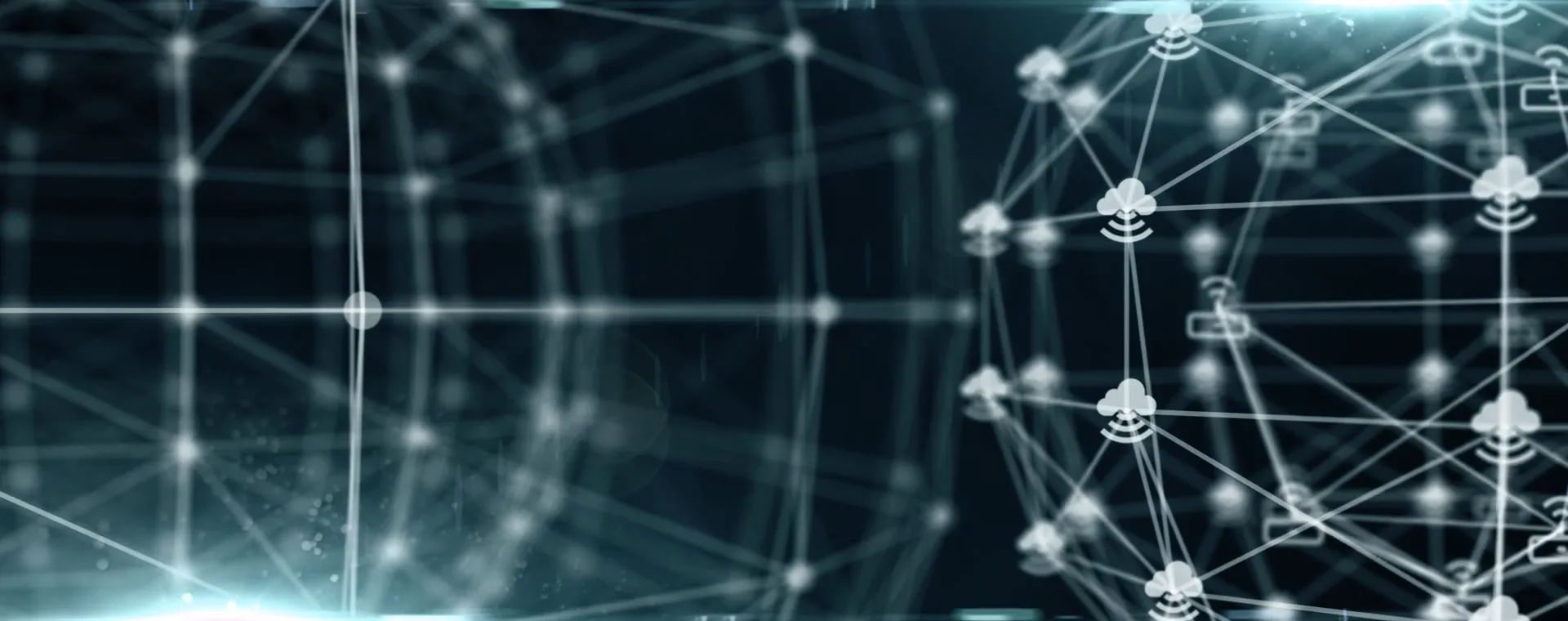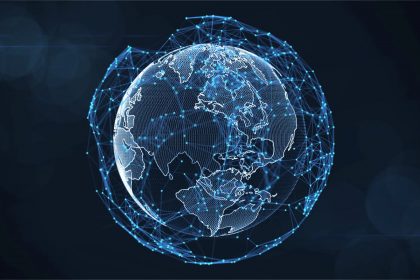Information technology is an important factor that helps us to determine the level and success of economic development, as well as national security and international competitiveness. The digital economy has a major impact on the social well-being of citizens.
This is the reason why analysis of the information technology market is such an important aspect of this field, and it helps developers understand new technological directions in a timely manner and avoid the risk of becoming an outsider. In this article, we will describe general trends that humanity should address in the near future.
IT technology market: general directions
Artificial intelligence, robotics, the Internet of things and augmented reality are innovations that will become more accessible. As the costs of obsolete technology systems are reduced, the available funding will be used in the installation processes of key platforms such as:
- cloud;
- mobile;
- social;
- analytical.
Managing, optimizing and protecting a variety of cloud resources and data sets will be the most important operational challenges for IT corporations. At the same time, the shift to cloud-based systems and automation will allow us to save money for innovation in enterprises.
Thanks to the modernization and integration of expensive cloud tools with corporate systems, people were able to use artificial intelligence and IoT in small and medium-sized businesses. Even a decade ago, this possibility was only possible on the territory of large corporations and on the basis of innovative startups.
The development of the Internet will focus on CPS (cyber-physical systems), which will connect 5G technologies, peripheral counting, and artificial intelligence, which will help them to provide valuable data and analyse it. As a result, they will be able to reach new heights in the field of automation and forecasting. According to experts, investment in «smart» infrastructure will increase by 40% by 2022.
Experts also predict that the global market for information technology will increase from $8,370 billion in 2021 to $11,866 billion by 2025, at least. The increase in demand for cloud computing services will also be significant. In addition, popularizing cheap alternatives to cloud computing in the form of ones with open source will take place.
Strengthening the protection of digital privacy will be another important trend. New technologies will allow consumers to control access to their data and provide a balance of safeguards in an ecosystem that regulates innovation and growth. Many corporations will start including documents such as cyber insurance in their contracts to offset digital security costs.

Automation and digital assistants
The automation of the IT industry has a direct impact on its future, and it also offers new opportunities to increase performance to it through the introduction of robots and artificial intelligence into production processes. These tools will help staff to perform more tasks. Automated processes and digital assistants would increase productivity and bring tangible benefits to the macroeconomic field.
These changes promise us great improvements in productivity, but we need to consider their impact on the labour market. Organizations could reach higher heights if they dismissed part of their staff. This will certainly affect the internal state of the labour market and the rise in unemployment. At the same time, increasing the number of jobs in the IT services industry will also become available for the implementation of new projections.
If professionals develop the right transformation methods, new jobs will be created, and the demand for coding, digital platform maintenance and e-commerce professionals will increase. A mismatch between required skills and capabilities of employees will require expansion of retraining programs, too.





